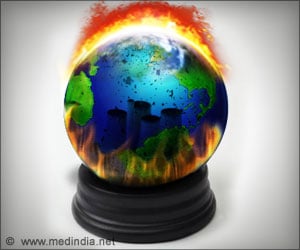
The row over the legal status of a new agreement has dogged climate talks for over a decade. Rich countries have wanted rapidly emerging economies such as like China – the world's largest emitter – and India to be equally legally bound as developed countries, though taking on softer targets on emission curbs.
India’s Environment Minister Mrs Jayanathi Natarajan was vowing at the conference not to "sign away the rights of 1.2 billion people and many other people in the developing world" by agreeing to something that could limit their ability to grow their economy. But she came round with some tweaking in the final text.
The new agreement will be negotiated by 2015 and come into force from 2020. The deal also paves the way for action to address the "emissions gap" between the voluntary emissions cuts countries have already pledged and the reductions experts say are needed to effectively tackle climate change.
Those commitments expire next year, but they will be extended for another five years under the accord adopted on Sunday.
In some ways, the agreement is better than many had expected, writes Kate Shepherd in Mother Jones. US, China, India and a few other countries were initially unwilling to commit to a timeline for a legal agreement, while the European Union and small island nations were insistent that one be laid out. Over the course of two days, various versions of an agreement outlining a process to create a Protocol, legal framework, or a "legal outcome" were debated furiously among delegates. India emerged as the strongest critic, arguing that as a developing country it should not be held to the same standard as industrialized nations. But at around 3:30 a.m. on Sunday morning, there was a breakthrough.
Advertisement
While it's notable that the US, China, and India agreed to creating a legal pathway, there was still concern from developing countries that too much burden had been shifted to them. China expressed concern that the developed nations were not doing enough. "It is not what is said by countries it is what is done by countries, and many are not realizing their commitments," said Xie Zhenhua, China's lead negotiators. "We've been talking about this for 20 years, they're still not being acted upon … We want to see your real actions."
Advertisement
Still the environmental groups didn’t seem to be impressed with the Durban Platform for Enhanced Action, as the new deal is called. They said negotiators had failed to show the ambition necessary to cut emissions by levels that would limit global temperature rises to no more than 2C and avoid "dangerous" climate change.
"Over the past 17 years, they've kicked the big issues down the road," said Samantha Smith, leader of the global climate and energy initiative at the World Wildlife Fund International. "The hardest issues are still on the table."
Source-Medindia





